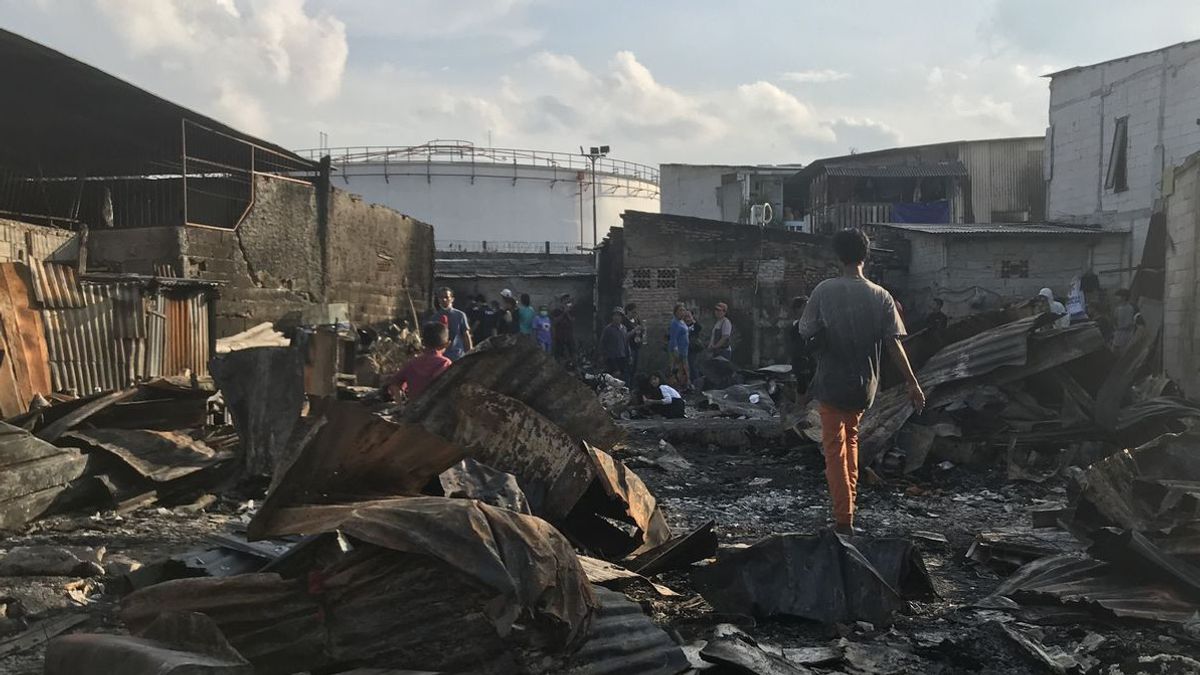JAKARTA - The fire at the Plumpang Pertamina Depot last week in Jakarta was one of the major disasters in the history of the Indonesian oil and gas industry. The depot contains a very large amount of fuel oil (BBM), around 291,889 kiloliters. The fire resulted in enormous losses, both in terms of material and environmental damage.
The chemical reaction that occurred in the Pertamina Plumpang depot fire was basically an oxidation reaction, namely the reaction between oxygen and flammable substances such as hydrocarbons contained in fuel. The oxidation reaction occurs when the fuel temperature reaches the flash point, which is the temperature at which the substance starts to burn.
When fuel is burned, the substances contained in fuel such as hydrocarbons will react with oxygen from the air and produce heat and light. This reaction is called a combustion reaction or oxidation reaction.
This combustion reaction is very fast and produces enormous energy in a short time. The oxidation reaction in fuel combustion has a simple chemical equation, namely:
CnHm + (n + m/4)O2 -> nCO2 + m/2H2O + energy
In the chemical equation, CnHm is the general formula for the hydrocarbons contained in fuel oil. Oxygen (O2) from the air reacts with hydrocarbons to produce carbon dioxide (CO2) and water (H2O) as well as heat energy.
However, the Pertamina Plumpang depot fire did not only result in a simple combustion reaction. There are also complex chemical reactions that occur when fuel is burned at very high temperatures and pressures.
This reaction can produce dangerous chemical compounds such as carbon monoxide (CO), nitrogen oxides (NOx), and other hydrocarbons which do not burn completely.
SEE ALSO:
This chemical reaction can produce thick and toxic smoke which is very dangerous for humans and the environment. The smoke contains dangerous chemical compounds such as carbon monoxide which can cause poisoning, as well as hydrocarbons which can cause eye and respiratory tract irritation.
The fire at the Pertamina Plumpang depot, which contained a total of 291,889 kiloliters of fuel, resulted in a complex chemical reaction, especially the combustion reaction which produced heat, light and toxic gases such as carbon monoxide and nitrogen oxides.
Therefore, it is very important to take adequate precautions and safeguards in the oil and gas industry to minimize the risk of fire and environmental damage caused by such fires.
The English, Chinese, Japanese, Arabic, and French versions are automatically generated by the AI. So there may still be inaccuracies in translating, please always see Indonesian as our main language. (system supported by DigitalSiber.id)

















